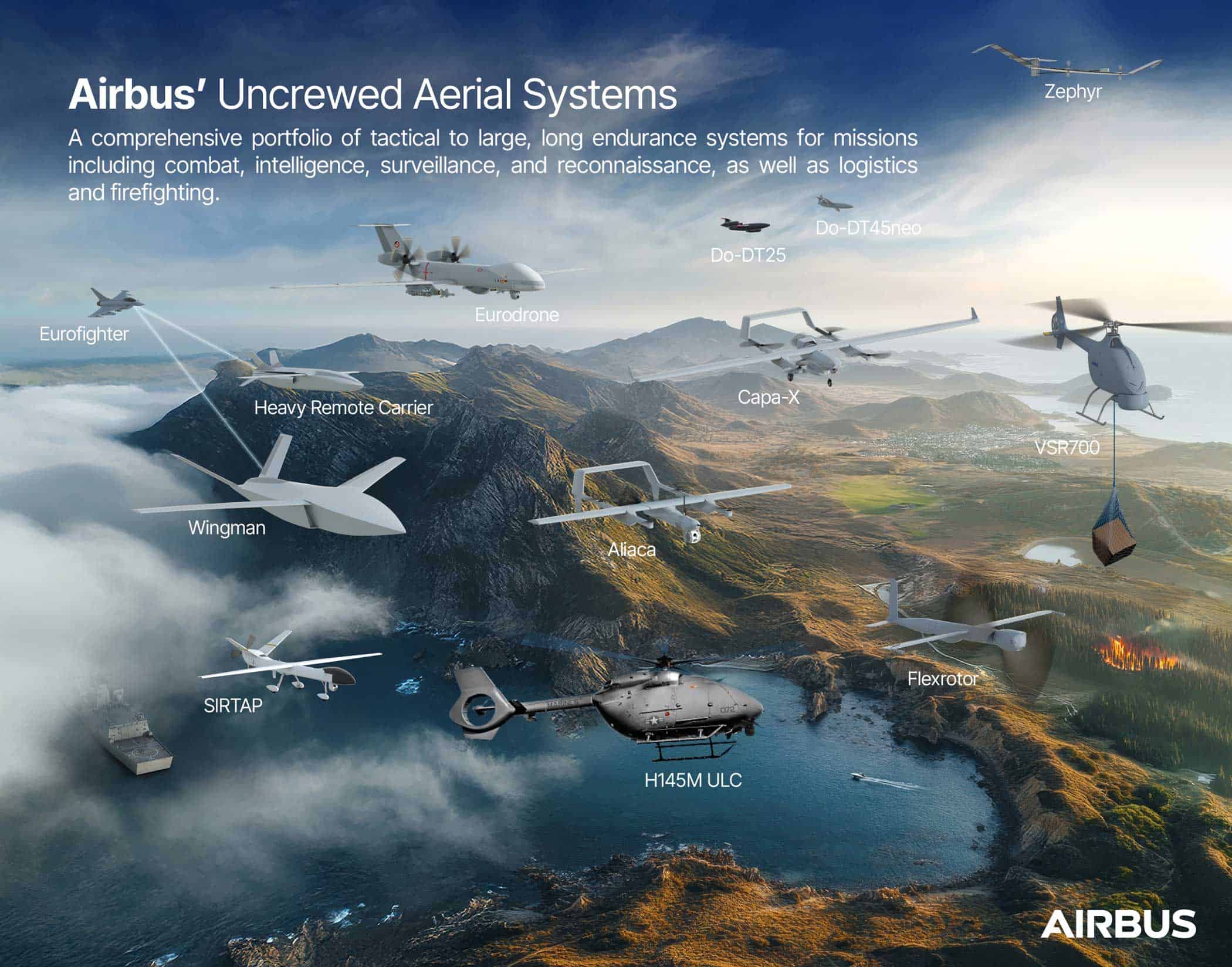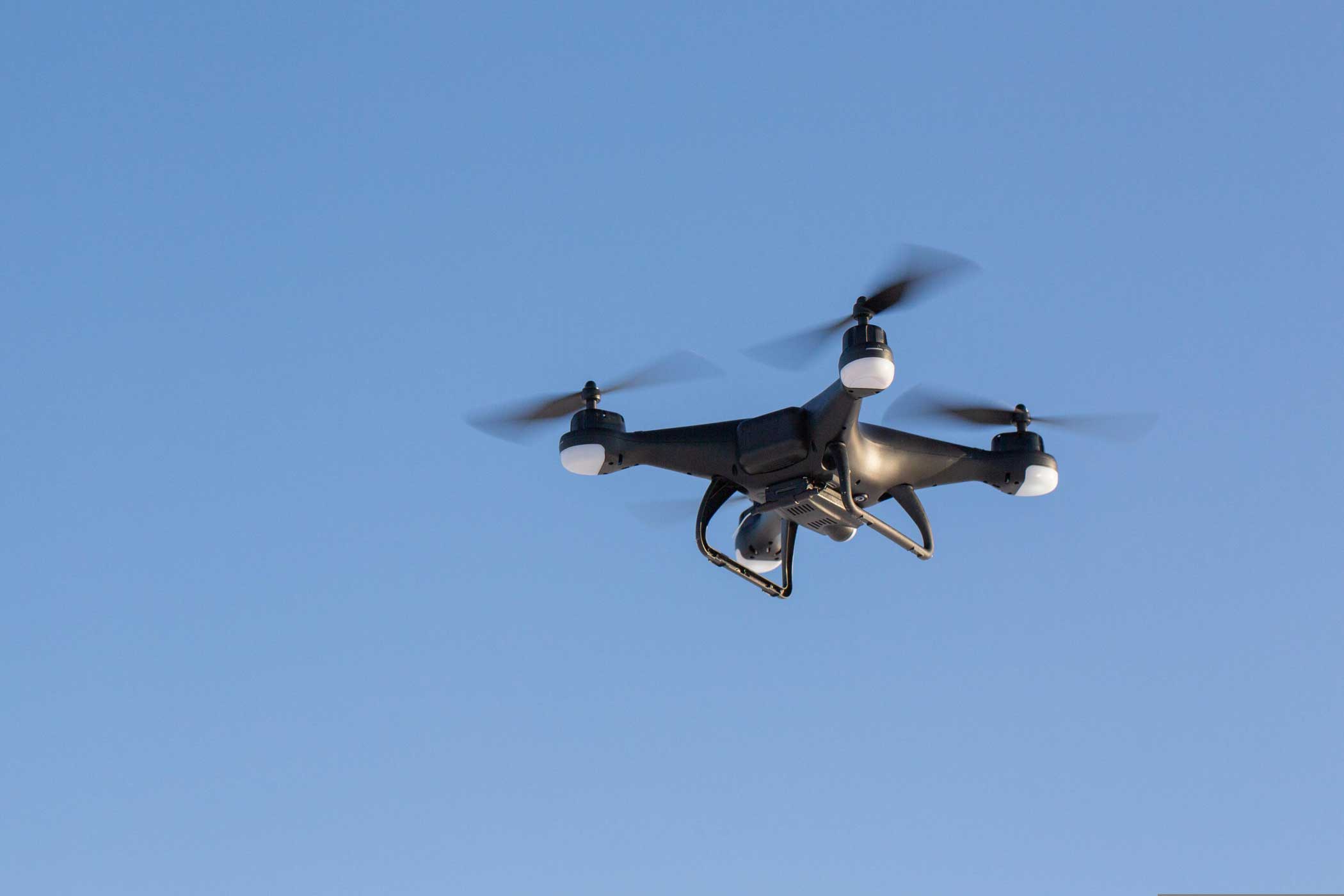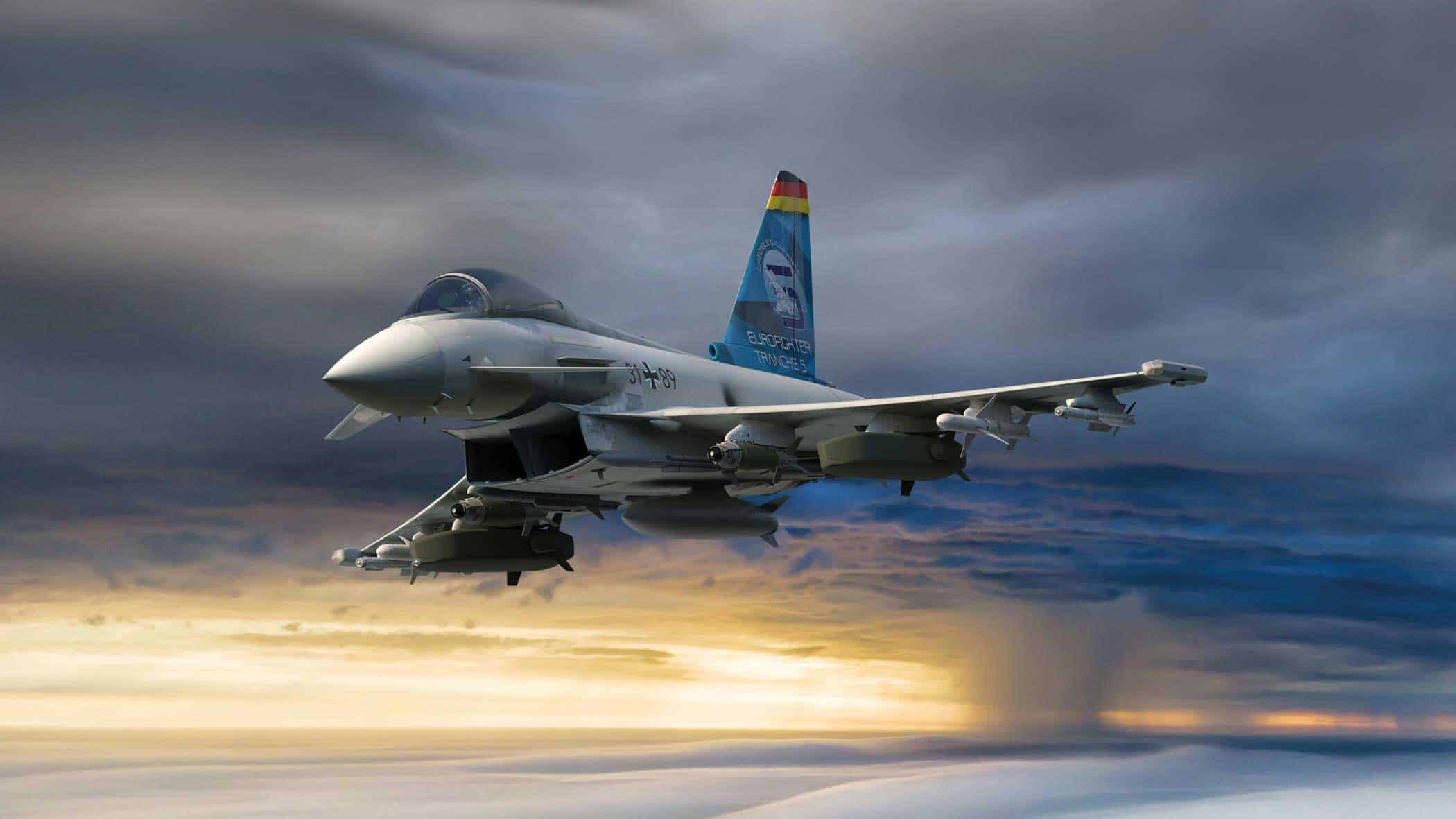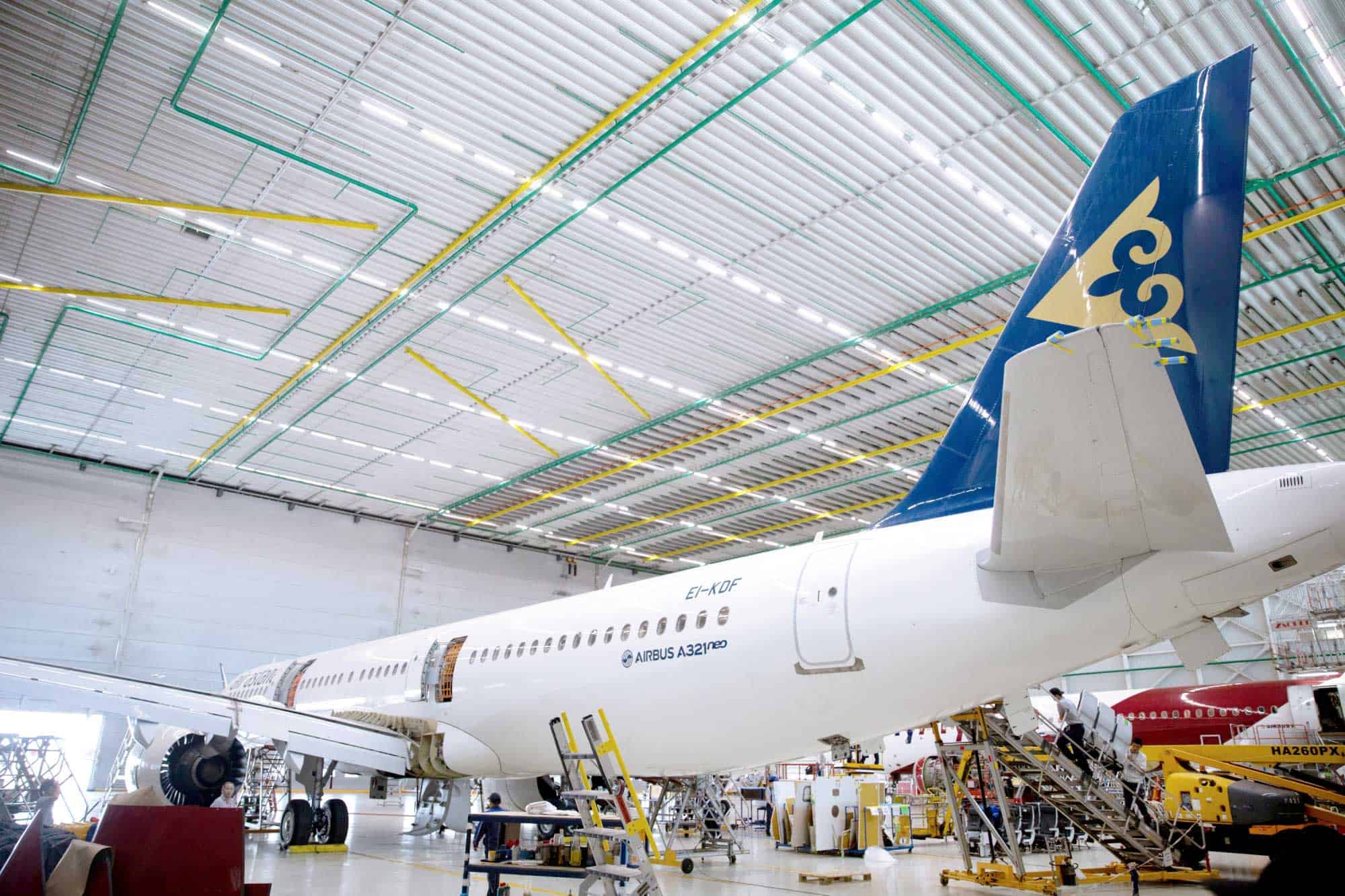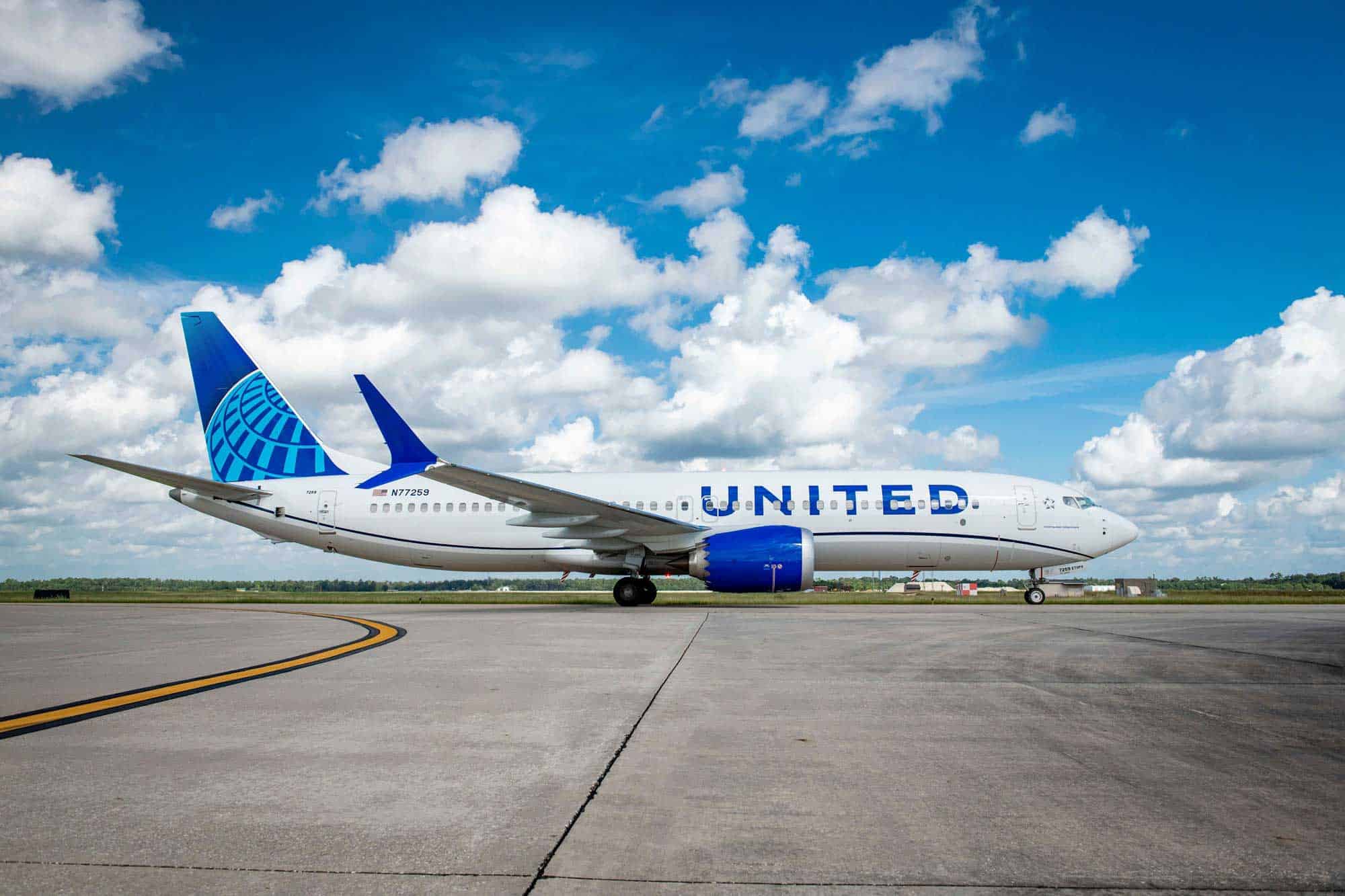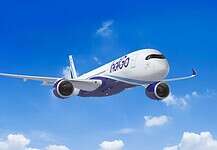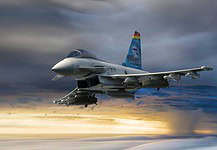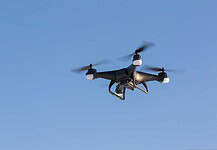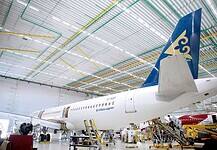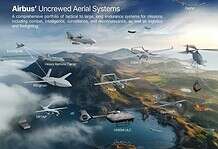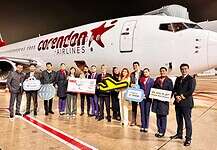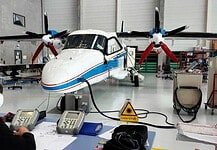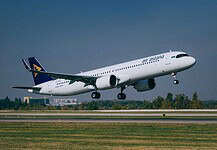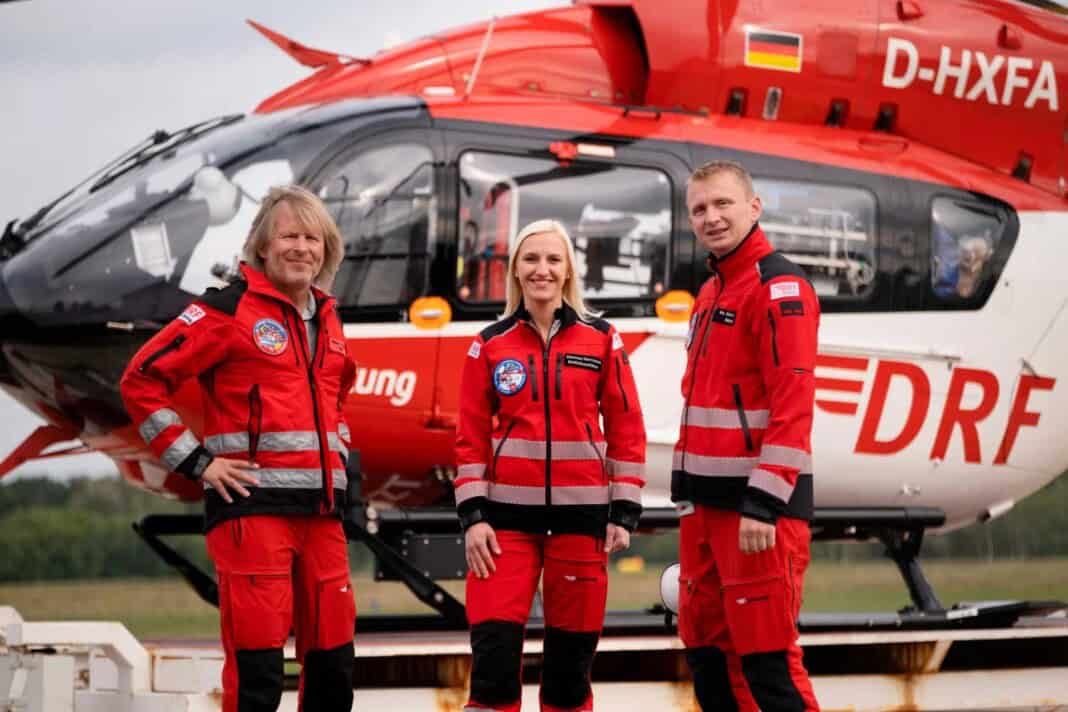
This site is also available on:
Deutsch
Development and importance of air rescue in Lower Saxony
Since commencing operations in October 1995, the intensive care transport helicopter of DRF Luftrettung in Hanover has become an indispensable part of the region’s medical care system. The red and white helicopter takes off around the clock from Hanover Airport to provide rapid patient care and connect hospitals. It plays a key role in the transfer of critically ill patients, particularly in Lower Saxony and the neighboring states. Over the past three decades, the station has continuously expanded its expertise not only through numerous missions but also through technical innovations.
The intensive care transport helicopter is not just a rapid means of transport, but a highly specialized aircraft equipped with modern medical technology and designed for complex care flights. Its ability to respond even under challenging conditions, such as night flights to the East Frisian Islands, underscores the system’s flexibility and robustness. Air rescue is closely coordinated with ground-based rescue services, hospitals, and other partners – a network that significantly supports healthcare in the region.
Technical progress and medical equipment at the Hanover site
Since its founding, the Hanover base has operated various helicopter types. Originally, the Bell 222 was used for air rescue, but shortly thereafter, the aircraft switched to the MD 900, which offered improved flight efficiency and medical technology. The fleet has been further modernized in recent years. From 2010 to 2018, the EC145 served as a reliable workhorse, before the H145 was introduced in 2018. In particular, since June 2021, the base has been equipped with the latest version of the H145 with a five-blade rotor.
This helicopter is characterized by very low vibration, which significantly supports the gentle transport of injured or critically ill patients. The onboard medical technology includes state-of-the-art equipment that meets the highest standards in mobile intensive care medicine. This enables the crew to safely handle not only routine missions but also specialized transports such as incubators and organ transports. The complexity of such missions requires not only modern equipment but also a highly trained team.
The crew includes professional pilots and paramedics with specialized training in air rescue, as well as experienced emergency physicians from the Hannover Medical School. This interdisciplinary collaboration guarantees the highest level of care, whether for routine transfers or emergency responses within a tight timeframe.
Organization, range of operations and cooperation of rescue services
The radio call sign “Christoph Niedersachsen” has always stood for 24-hour readiness, allowing the Hanover base to respond quickly to missions on weekdays and weekends. The primary task is the transfer of patients requiring intensive care, as the helicopter is specifically designed to quickly transport specialized medical teams and equipment between hospitals. This service covers not only Lower Saxony, but neighboring federal states are also included in the mission planning.
The range of missions is broad: In addition to the traditional transport of intensive care patients, the focus is also on emergency missions within a radius of approximately 60 kilometers. Particularly noteworthy are the night missions to provide care to the East Frisian Islands, where air transport is often the only option for rapid medical assistance. This diversity of tasks places high demands on navigation, piloting skills, and medical expertise.
Close cooperation with other rescue services plays a key role. DRF Air Rescue works hand in hand with ground-based rescue services, fire departments, hospitals, and the Coordination Center for Intensive Care Transport in Lower Saxony. This cooperation enables optimal planning and execution of emergencies and transfers. In addition, the state of Lower Saxony supports the station through a trusting partnership that guarantees sustainable development and the use of modern air rescue technology.
Conclusion: Advanced air rescue as a guarantee for rapid medical assistance
The station in Hanover is an impressive example of the successful integration of technological advances and medical expertise in the field of intensive care transport. Over 30 years of successful missions testify to the high performance of air rescue in the state of Lower Saxony and beyond. The modern H145 helicopter with its five-blade rotor, the qualified crews, and the close network with various partner institutions form a well-coordinated system to ensure rapid and gentle patient care.
This continuous improvement process demonstrates how medical care can be adapted and optimized through technological innovations and the dedicated efforts of rescue personnel. This service is invaluable, especially in challenging situations such as complex transfers or difficult-to-access locations. Thus, air rescue in Hanover remains a key pillar of healthcare and a symbol of successful cooperation and progress in the rescue service.

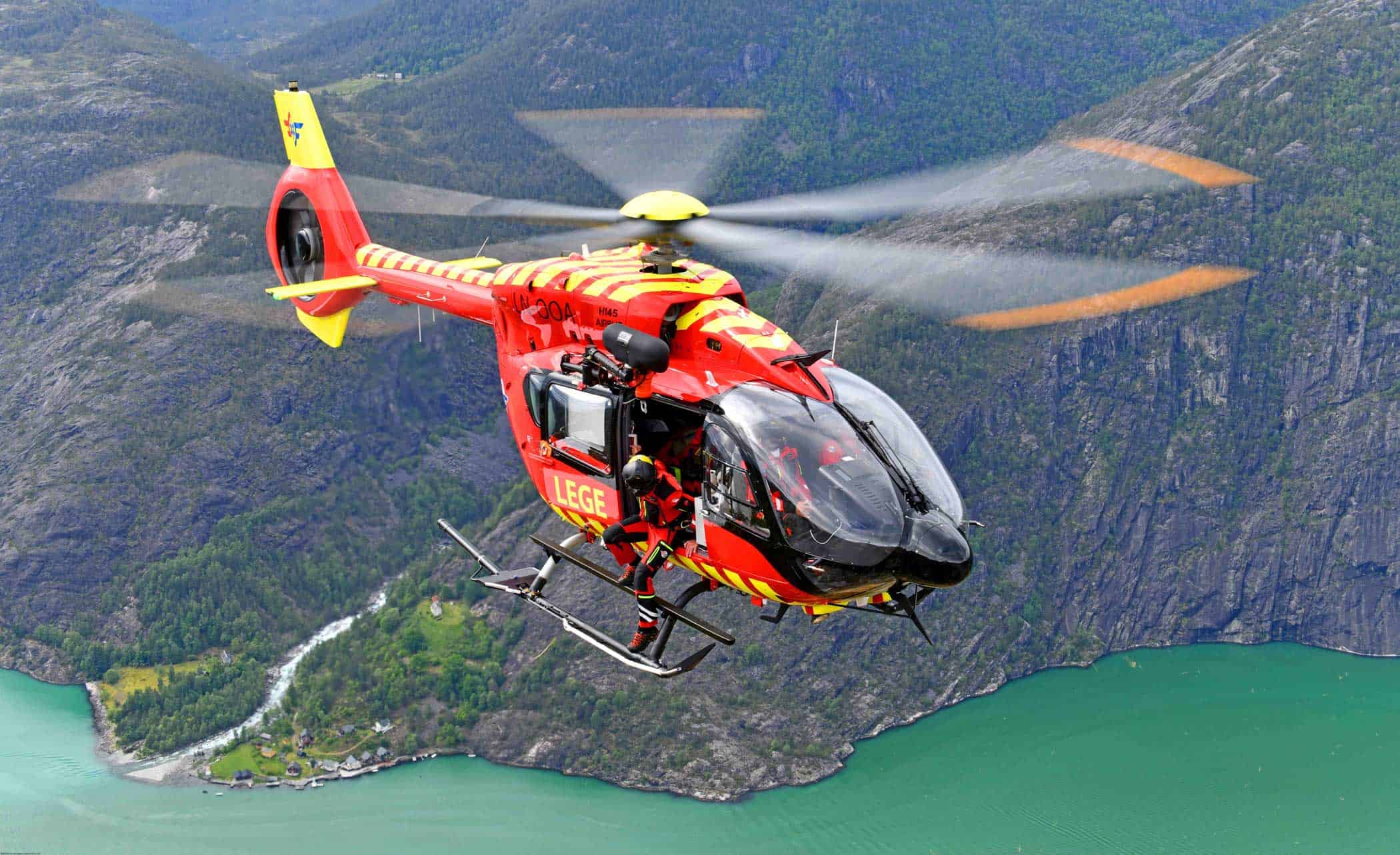 Norwegian Air Ambulance modernizes fleet with Airbus H145 (Norwegian Air Ambulance modernizes fleet with Airbus H145)
Norwegian Air Ambulance modernizes fleet with Airbus H145 (Norwegian Air Ambulance modernizes fleet with Airbus H145)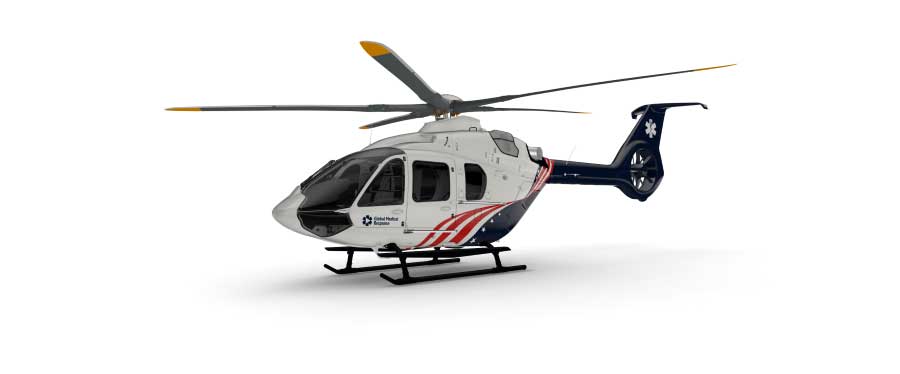 GMR and Airbus sign contract for H140 rescue helicopters (GMR and Airbus sign contract for H140 rescue helicopters)
GMR and Airbus sign contract for H140 rescue helicopters (GMR and Airbus sign contract for H140 rescue helicopters)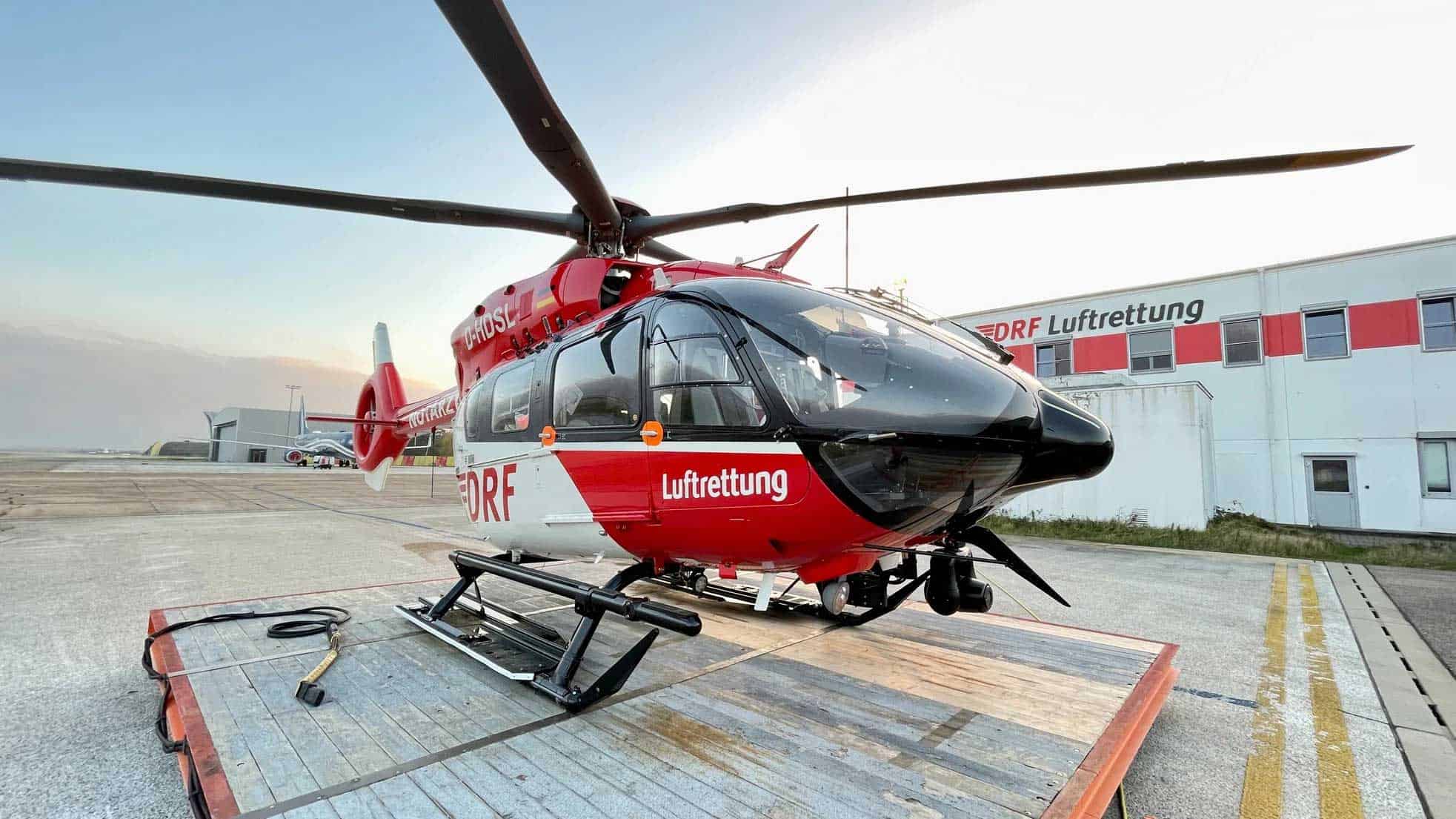 DRF Luftrettung: New Christoph 43 for Karlsruhe (DRF Luftrettung: New Christoph 43 for Karlsruhe)
DRF Luftrettung: New Christoph 43 for Karlsruhe (DRF Luftrettung: New Christoph 43 for Karlsruhe)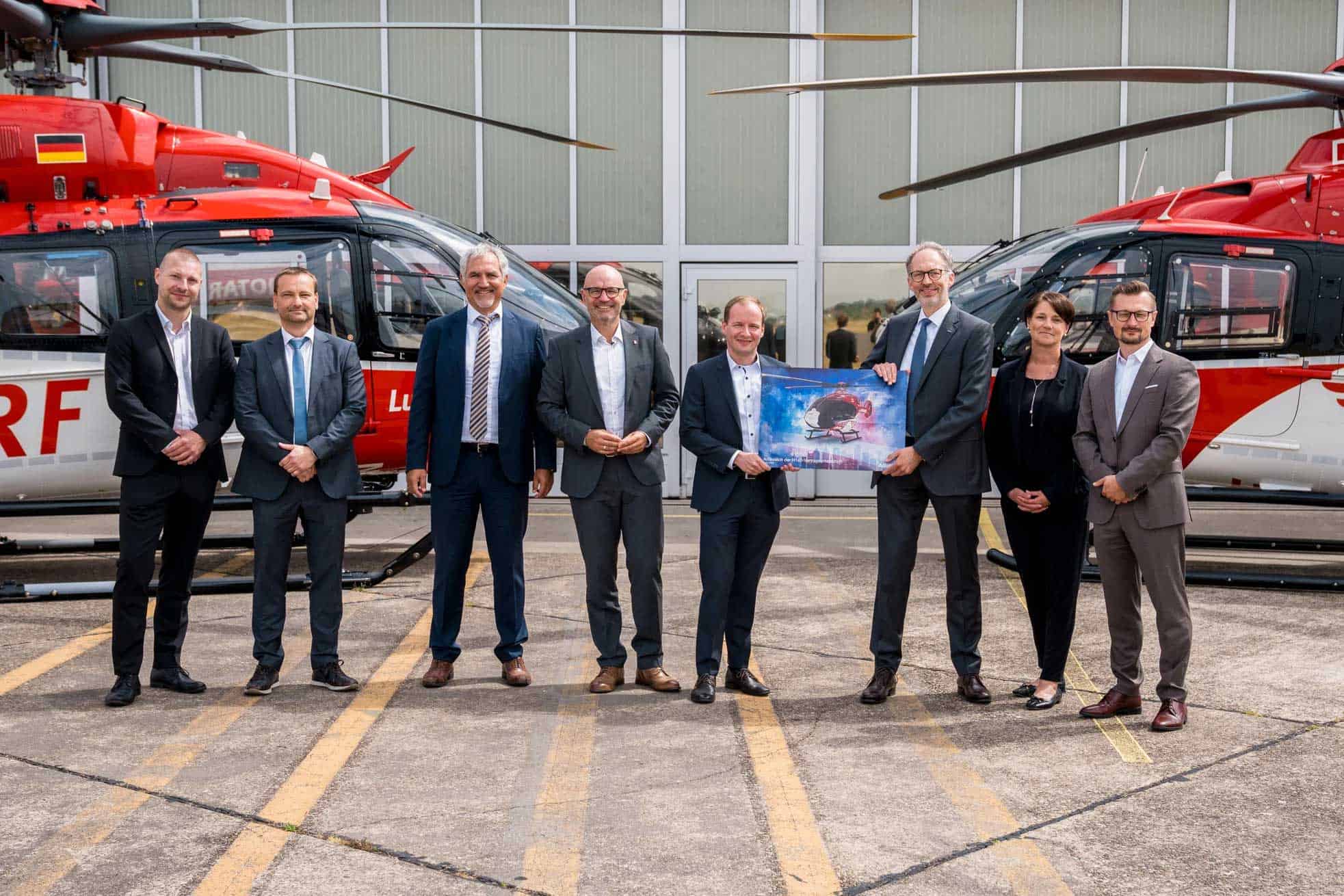 DRF Luftrettung modernizes fleet with new Airbus H140 helicopters (DRF Luftrettung modernizes fleet with new Airbus H140 helicopters)
DRF Luftrettung modernizes fleet with new Airbus H140 helicopters (DRF Luftrettung modernizes fleet with new Airbus H140 helicopters)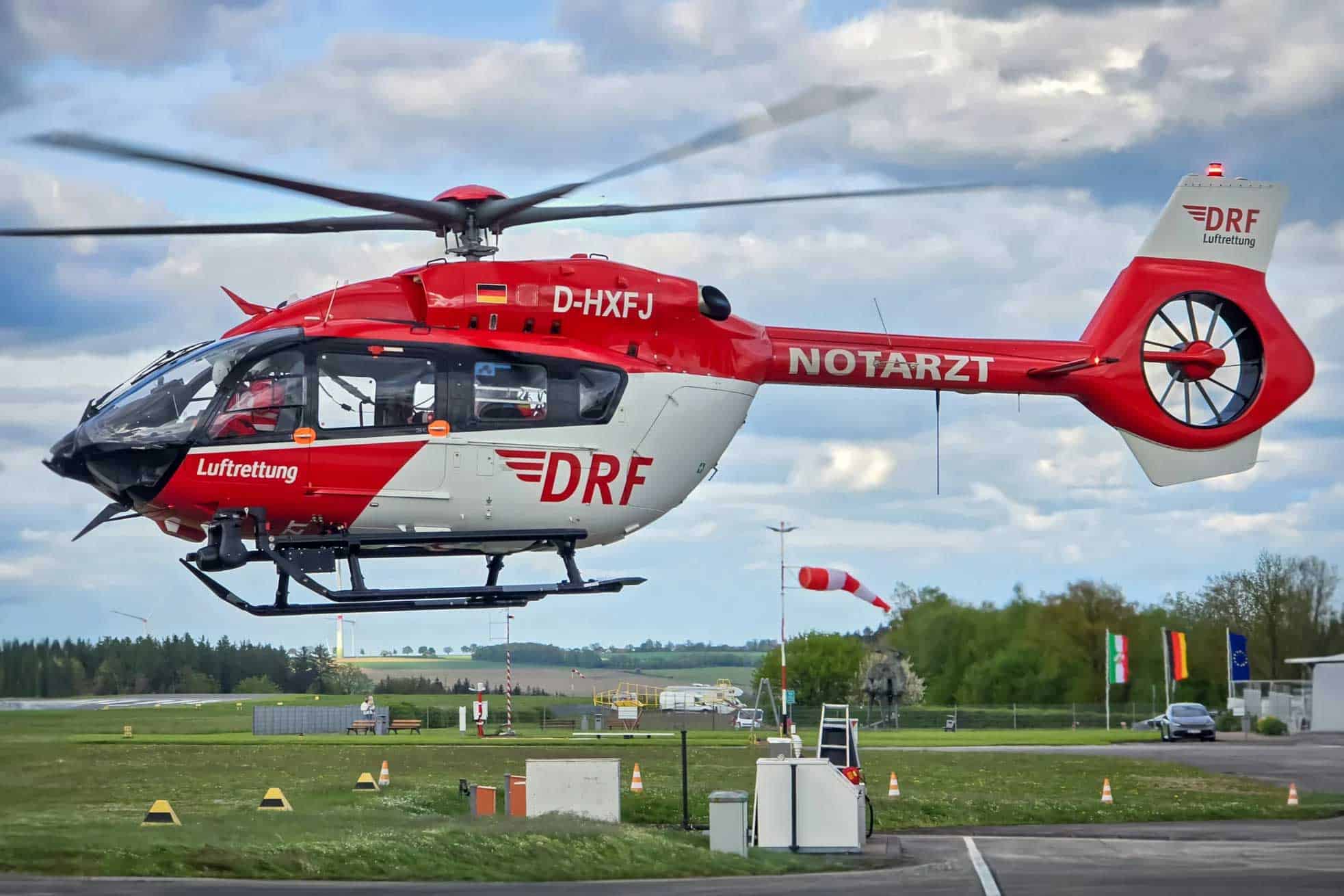 DRF Luftrettung ensures air rescue in North Rhine-Westphalia (DRF Luftrettung ensures air rescue in North Rhine-Westphalia)
DRF Luftrettung ensures air rescue in North Rhine-Westphalia (DRF Luftrettung ensures air rescue in North Rhine-Westphalia)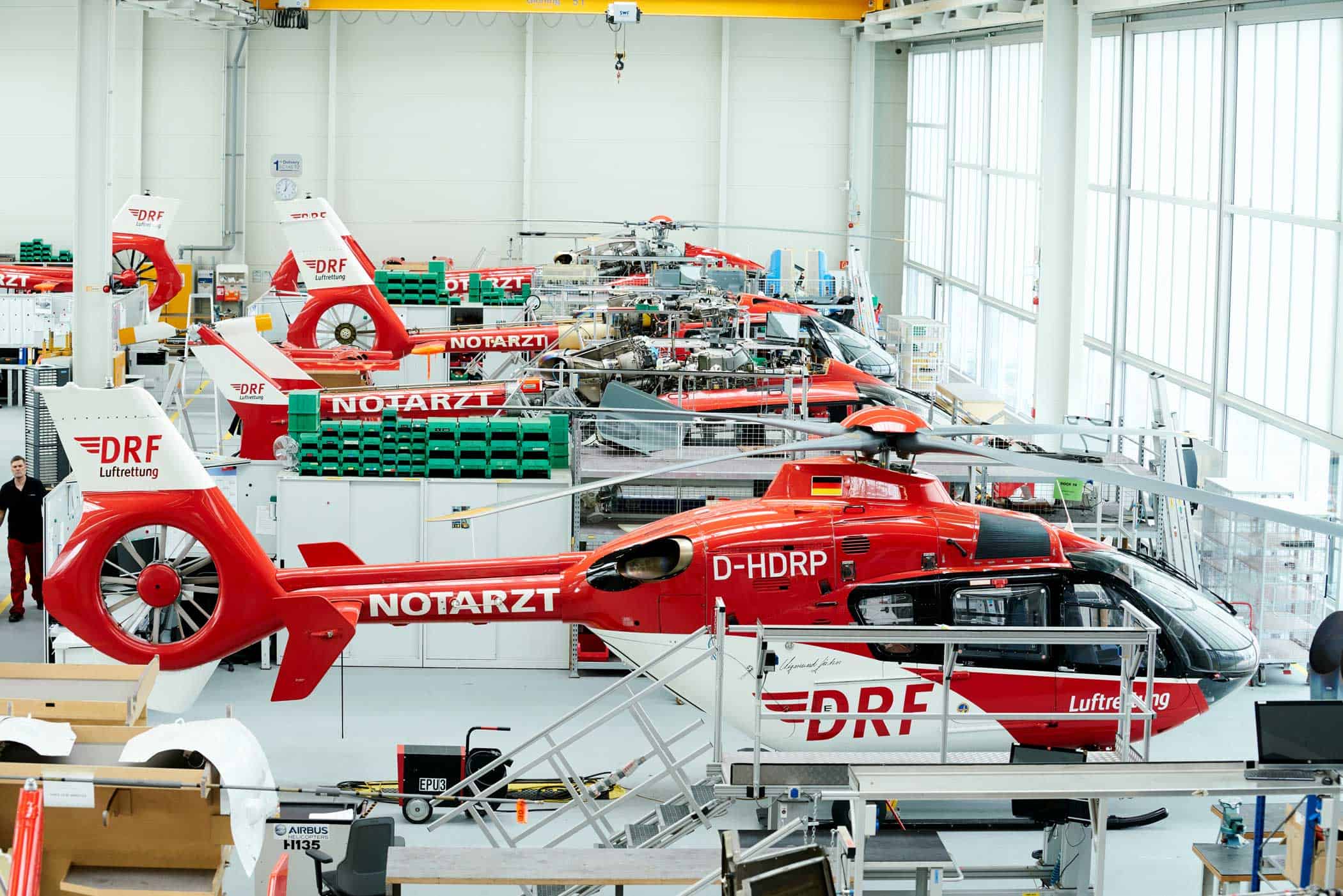 DRF Luftrettung at the European Rotors (DRF Luftrettung at the European Rotors)
DRF Luftrettung at the European Rotors (DRF Luftrettung at the European Rotors)
